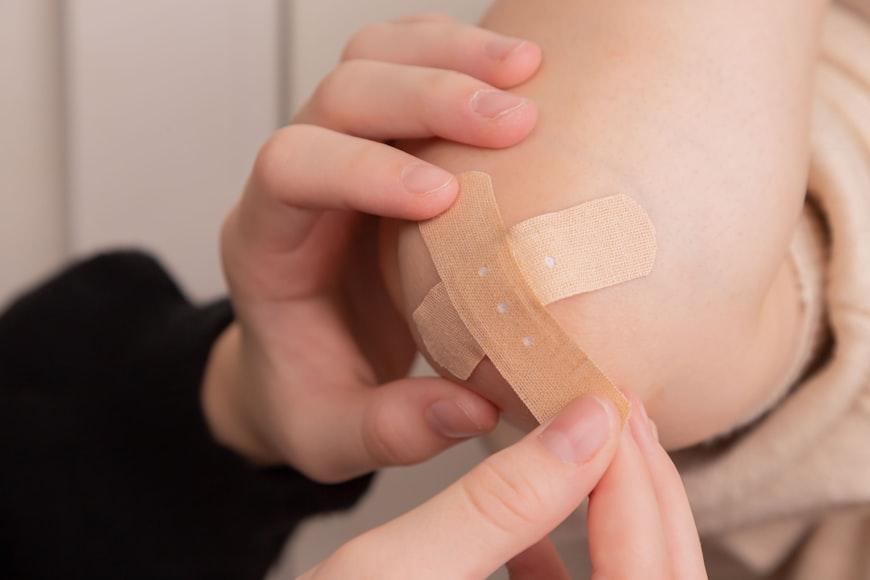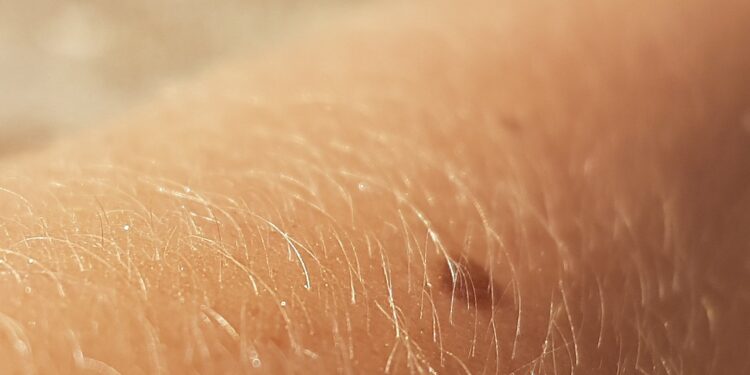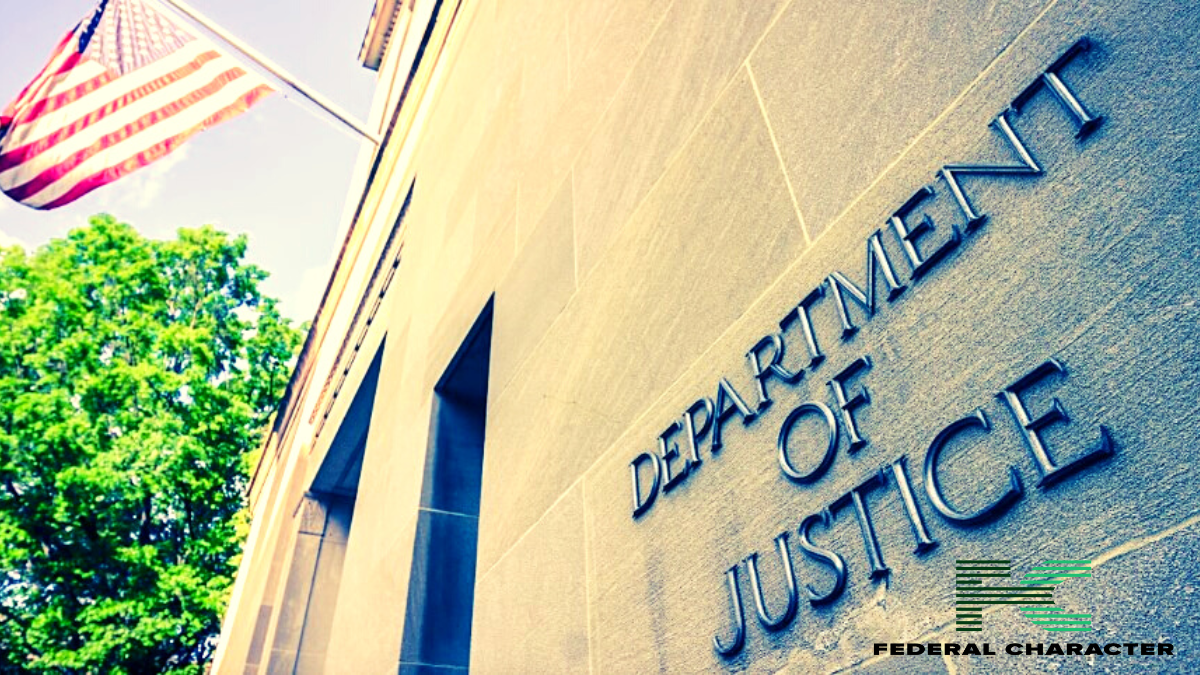Every now and then, we get to notice some weird bumps, spots, or even patches on our skin. This is usually common and it is known as skin lesions. It’s a way for the skin to communicate and send a little message that something is off with the body. Skin lesions come in two main types: primary and secondary.
Primary skin lesions are the first signs of trouble, appearing out of the blue, which come in different forms. While secondary lesions are what happens after a primary skin lesion disappears. It could be due to several factors such as scratching the affected area or picking the affected area while the skin is in the healing process. In this article, we are going to look at the causes of skin lesions and how you can treat them.

Causes of Skin Lesions
Now, getting into the nitty-gritty of the causes, I’d like to say that causes of skin lesions can be as varied as the lesions themselves. Remember how we mentioned that there are two types, primary and secondary? Well, each of these types has its own unique set of forms and, of course, potential causes.
Primary Skin Lesions
Genetics: Some skin conditions, such as birthmarks or freckles, can be inherited. It’s like a family history right on your skin, which is going to be passed down from generation to generation. So, if your mom or dad has a birthmark or freckles on their skin, you are more likely to get it.
Infections: Bacterial, fungal, or viral infections can cause primary lesions. Initially mentioned, each type of skin lesions has different forms. Some examples of primary skin lesions include chicken pox, smallpox, herpes simplex, warts, and moles etc. In this case, chicken pox and warts are both caused by infections and show up as vesicles or papules.
Allergies: The skin can sometimes react to things like certain foods, soaps, or even plants. This can lead to itchy wheals or rashes.
Inflammation: Conditions like psoriasis or eczema create primary lesions that are all about inflammation and can lead to thick, scaly patches, one of the many forms of primary lesions.
Environmental factors: Sun exposure, extreme weather, or irritating substances can also play a part in creating primary lesions. In the case of environmental factors, the skin is basically protesting against something it doesn’t like, which leads to lesions like sunburn.
Secondary Skin Lesions
On the other hand, secondary skin lesions usually develop as a result of what’s happening with the primary ones.
Infection: Secondary lesions like crusts or ulcers can form when the skin is scratched.
Healing process: As the skin heals, it tends to leave behind scars or what is known as atrophy. Scars can happen after an injury, whether it’s acne or a surgical cut.
Continued irritation: If you keep irritating your skin, it might lead to more flaky scales or crusts.
Treatment For Skin Lesions
Now that we’ve had the causes of skin lesions out of the way, it is time to get into the more exciting part, treatment options! Just like how different types of skin lesions have their own unique causes, they also come with a variety of treatment options.
Treating Primary Skin Lesions
Medication: Now, depending on what’s causing your primary lesions, you might need different types of medications. For example, infections like warts or bacterial infections, over-the-counter creams, or prescribed medications by the doctor or pharmacist can help to clear out these lesions. For lesions like psoriasis or eczema, the doctor would often recommend topical steroids to reduce the inflammation and itching.
Moisturizer: If you are dealing with dry patches or flaky skin, everyone knows that a good moisturizer should be your go-to. You’ll have to look into products with ingredients like ceramides or hyaluronic acid which will help to keep your skin hydrated and improve the barrier function.
Avoiding triggers: If you know certain things that make your skin freak out, it could be foods or products, it is best to avoid them. For instance, if dairy makes your acne worse, cut it out.
Laser treatment: Let’s be honest, some of these primary lesions can be absolutely stubborn and may need more help than you might think. One of the options that you can consider is laser treatment. This treatment is more effective for things like acne scars or rosacea.
Treating Secondary Skin Lesions
Topical treatment: For secondary lesions like crust or scales, you might need topical treatment. Over-the-counter creams like hydrocortisone cream can help to soothe the inflammation and reduce itching.
Antibiotics: If a secondary lesion has become infected, like a crust from a popped blister, your doctor might recommend antibiotics to you.
Scar treatment: For scars left behind from primary lesions, there are several options that you can pick from. The first is silicone gel sheets or silicone cream, which can help flatten and soften scars over time. Some people also look into treatments like chemical peels or microdermabrasion to help reduce the appearance of the scar.
Lifestyle changes: This includes eating a balanced diet, staying hydrated, and avoiding too much sun exposure to make your skin look and feel better.
Consulting a dermatologist: If you are ever unsure about how to treat a lesion or if it’s not getting better, it’s a good idea to see a dermatologist. A dermatologist is specialized in giving tailored advice and treatment that suits your specific situation.
Bottom Line
So, there you have it! Skin lesions might seem like a nuisance, popping up unexpectedly like an unwelcome guest, but now you know what they are and why they happen. It could be primary lesions, signaling something’s off, or secondary ones that show up after scratching or healing. If things get complicated, don’t hesitate to consult a dermatologist.

















